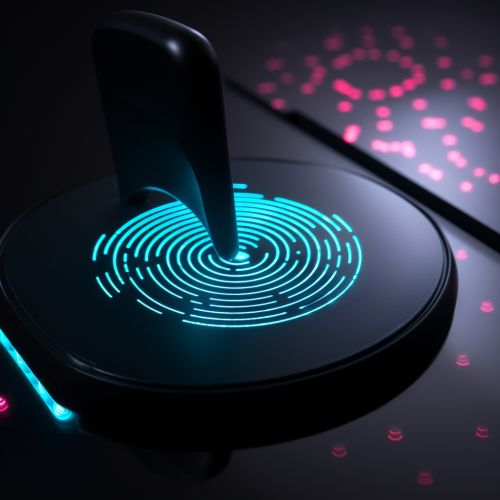Biometric Encryption
Introduction
Biometric encryption is a type of cryptographic process that combines biometric data and encryption techniques to provide secure and user-friendly information security solutions. This technology is an intersection of biometrics and cryptography, two fields that have gained significant attention in the realm of information security.


Biometrics
Biometrics refers to the automated recognition of individuals based on their physiological and behavioral characteristics. These characteristics, or biometric identifiers, are unique to individuals and can include fingerprints, iris patterns, voice characteristics, and facial features, among others. Biometrics is used in various applications, including access control, identity verification, and criminal identification.
Cryptography
Cryptography is the practice and study of techniques for secure communication in the presence of adversaries. It involves creating written or generated codes that allow information to be kept secret. Cryptography is used in many applications where information security and data confidentiality are required.
Biometric Encryption
Biometric encryption, also known as biometric cryptosystems or biometrically secured key generation, is a process that securely binds a cryptographic key to a biometric, so that no information can be revealed about the key or the biometric data. It is a method of securing biometric data by converting it into a cryptographic key, which is then used for encryption and decryption processes.
Process of Biometric Encryption
The process of biometric encryption involves several steps. First, the biometric data is captured using a biometric sensor. This data is then processed and converted into a digital format. The digital biometric data is then combined with a cryptographic key using a secure binding function. The result is a biometrically encrypted key that can be used for secure communication or data storage.
Applications of Biometric Encryption
Biometric encryption has a wide range of applications in various fields. In information security, it is used for secure user authentication and access control. In e-commerce, it is used for secure online transactions. In law enforcement, it is used for criminal identification and surveillance. In healthcare, it is used for patient identification and data security.
Advantages and Disadvantages
Biometric encryption has several advantages over traditional methods of encryption. It provides a higher level of security as it combines the uniqueness of biometrics with the strength of cryptographic keys. It also offers user-friendly solutions as users do not need to remember passwords or carry tokens.
However, biometric encryption also has some disadvantages. The main disadvantage is the vulnerability of biometric data to noise and variations. Biometric data is not always consistent and can change over time due to aging, injury, or illness. This can affect the reliability of biometric encryption systems.
Future of Biometric Encryption
The future of biometric encryption looks promising with advancements in technology and increasing demand for secure and user-friendly solutions. However, there are also challenges that need to be addressed, including privacy concerns, legal issues, and technological limitations.
